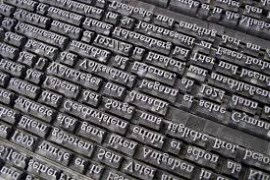Collections | Livre | Chapitre
Beschneidung in der Hebräischen Bibel und ihre literarische Begründung in Genesis 17
pp. 227-241
Résumé
Circumcision was largely practiced in the Levant and Egypt during the Bronze and Iron Ages. For the ancient Israelites it was part of their broader "Levantine identity" and they used it in order to distinguish themselves and their neighbors from the Philistines. After the destruction of Jerusalem and the deportation of Judean elites to Babylon circumcision became a different identity marker because the Babylonians did not practice this ritual. Therefore priestly authors composed the text of genesis 17 that presents circumcision as the sign of the divine covenant with Abraham. In doing so they also changed the function of circumcision from a rite de passage from puberty to manhood into a ritual for a male newborn. This shift is indicated by the fact that Ishmael (ancestor of the Arabs) is circumcised at the age of 13, and Isaac (representing the Israelite line) at the age of eight days.
Détails de la publication
Publié dans:
Jung Matthias, Bauks Michaela, Ackermann Andreas (2016) Dem Körper eingeschrieben: Verkörperung zwischen Leiberleben und kulturellem Sinn. Dordrecht, Springer.
Pages: 227-241
DOI: 10.1007/978-3-658-10474-0_13
Citation complète:
Römer Thomas, 2016, Beschneidung in der Hebräischen Bibel und ihre literarische Begründung in Genesis 17. In M. Jung, M. Bauks & A. Ackermann (Hrsg.) Dem Körper eingeschrieben (227-241). Dordrecht, Springer.










